
banner
CMC Blog
Roam Under the Dome
Our blog for the stories behind the exhibit, inside the film and beyond the museum.
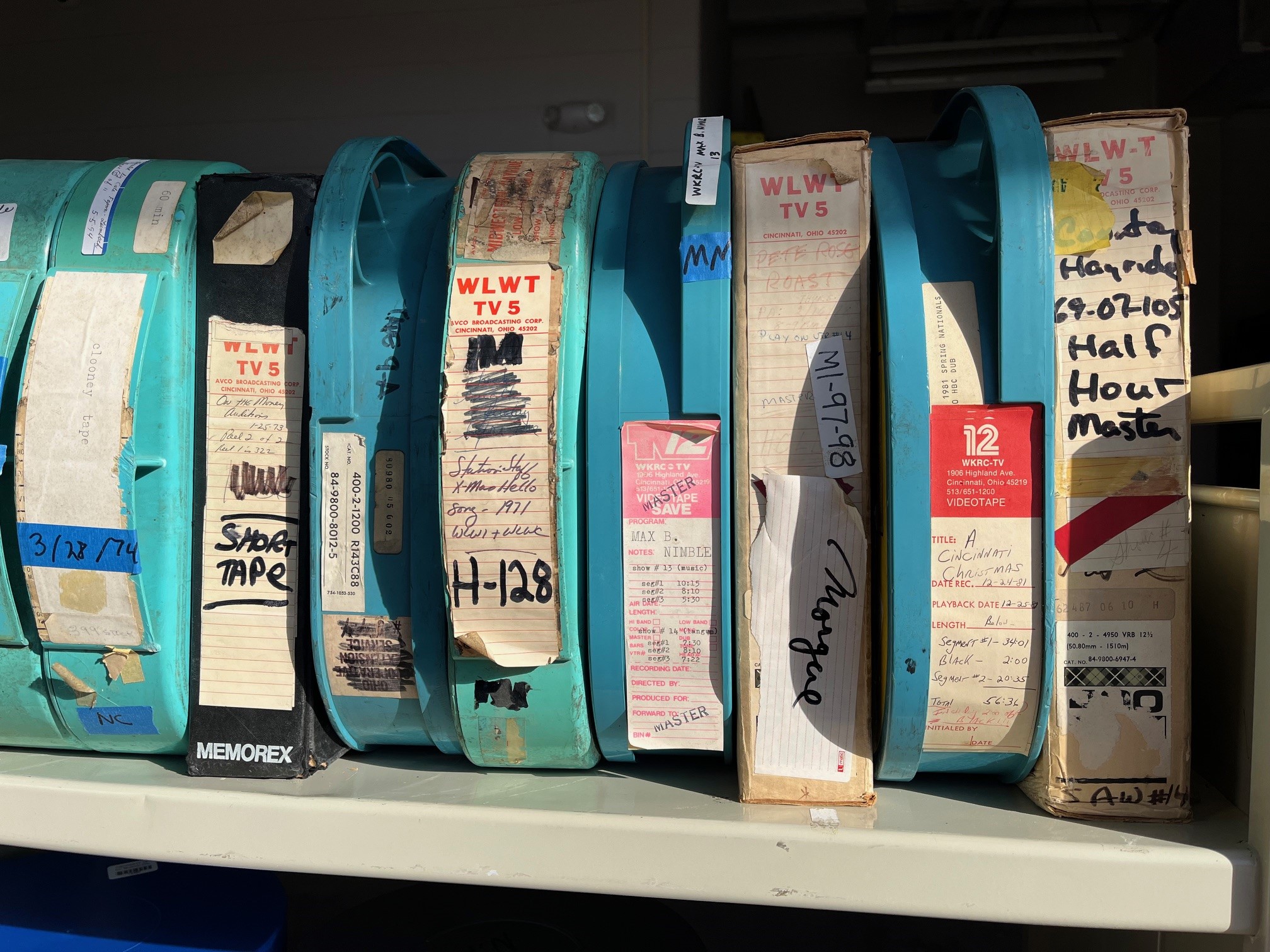
“Halibut Over Steel Like a Man” – The Trials and Tribulations of Using AI for the Transcribing and Captioning of Cincinnati Museum Center’s Rare Moving Image Collection
Arabeth Balasko
CMC partnered with Scene Savers in Covington, Kentucky, to digitize 53 rare Moving Image assets including master copies of WLW’s Midwestern Hayride, a pilot episode of “On the Money,” a newlywed themed gameshow hosted by Bob Braun from the 1970s.
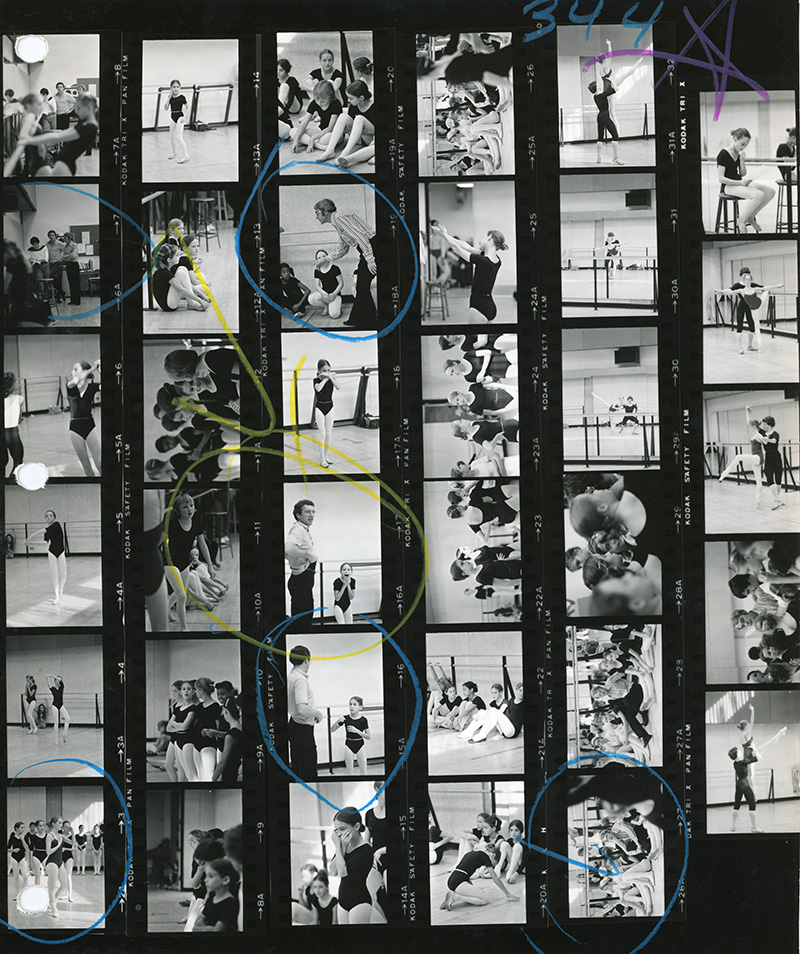
Through the Lens: Sharing the Formative Years of The Cincinnati Ballet with Photographs from Sandy Underwood
Meghan Shimala
Incredible photos from The Cincinnati Ballet, now a part of CMC's Photographs, Prints and Media archives.
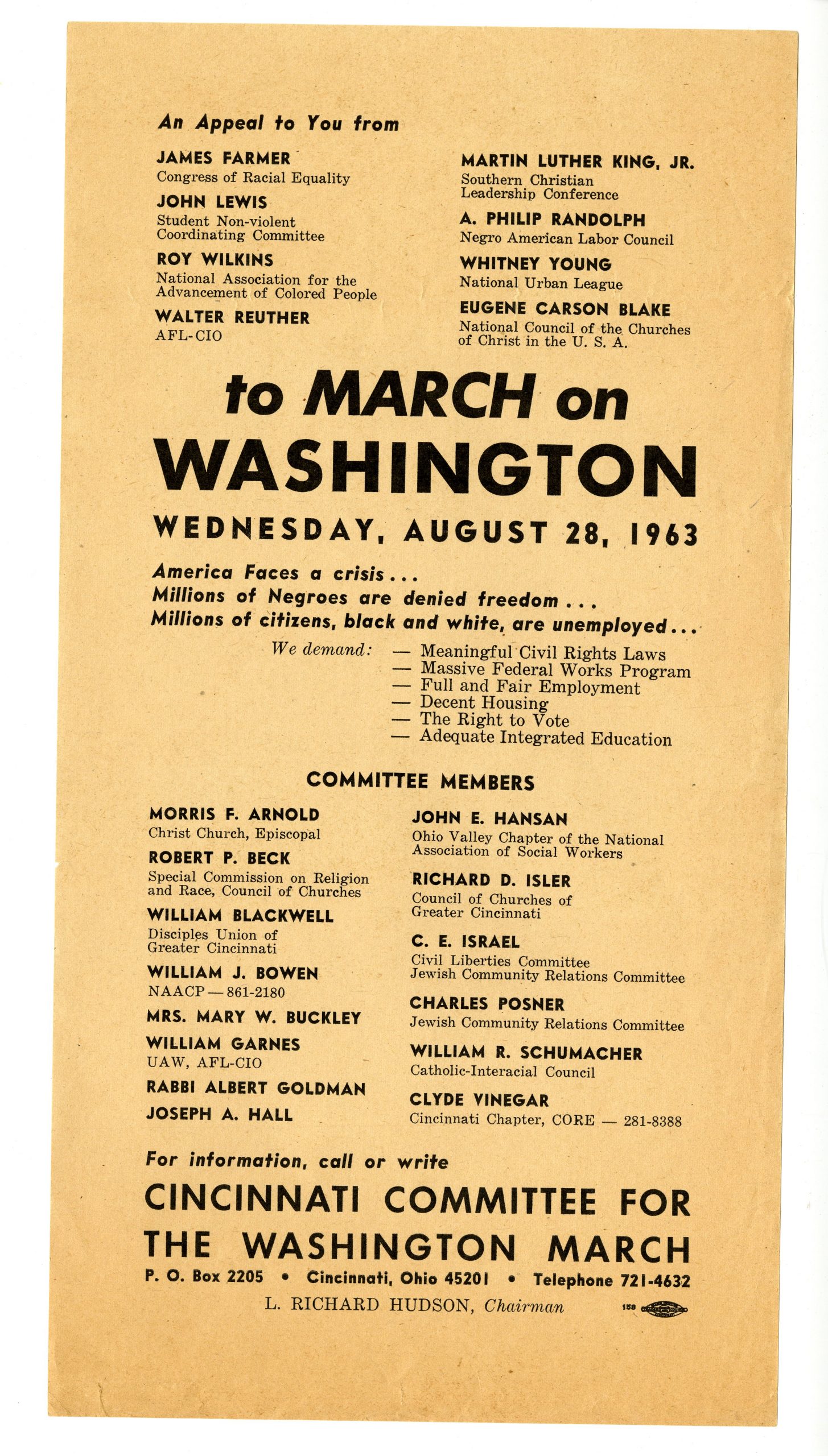
The Washington March Special: Cincinnati Marches on Washington
Christine Schmid Engels
Cincinnati Museum Center is fortunate enough to care for and permanently house a rare collection of original Cincinnati radio transcription discs from local radio stations, including the well-known WLW-WSAI Broadcasting Corporation. Keep reading to find out more about this rare piece of history!
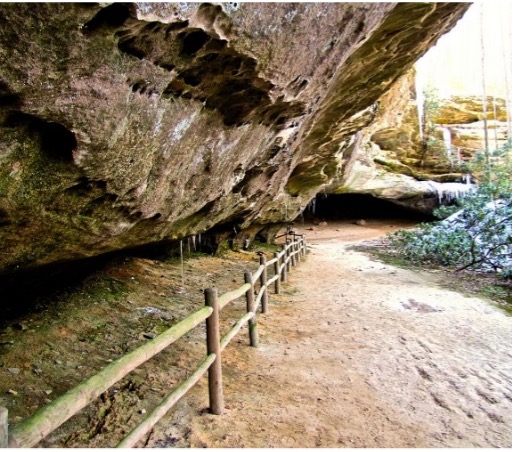
Cincinnati Museum Center and the Cincinnati Zoo Team Up to Evaluate Population Recovery of Cumberland Sandwort
Rachel Bridgens
Learn how conservation techniques have been used to produce a supplemental outplanting of the rare Cumberland Sandwort! The Cumberland Sandwort is an herbaceous perennial known to occur exclusively in the Cumberland Plateau of southern Kentucky and northern Tennessee.
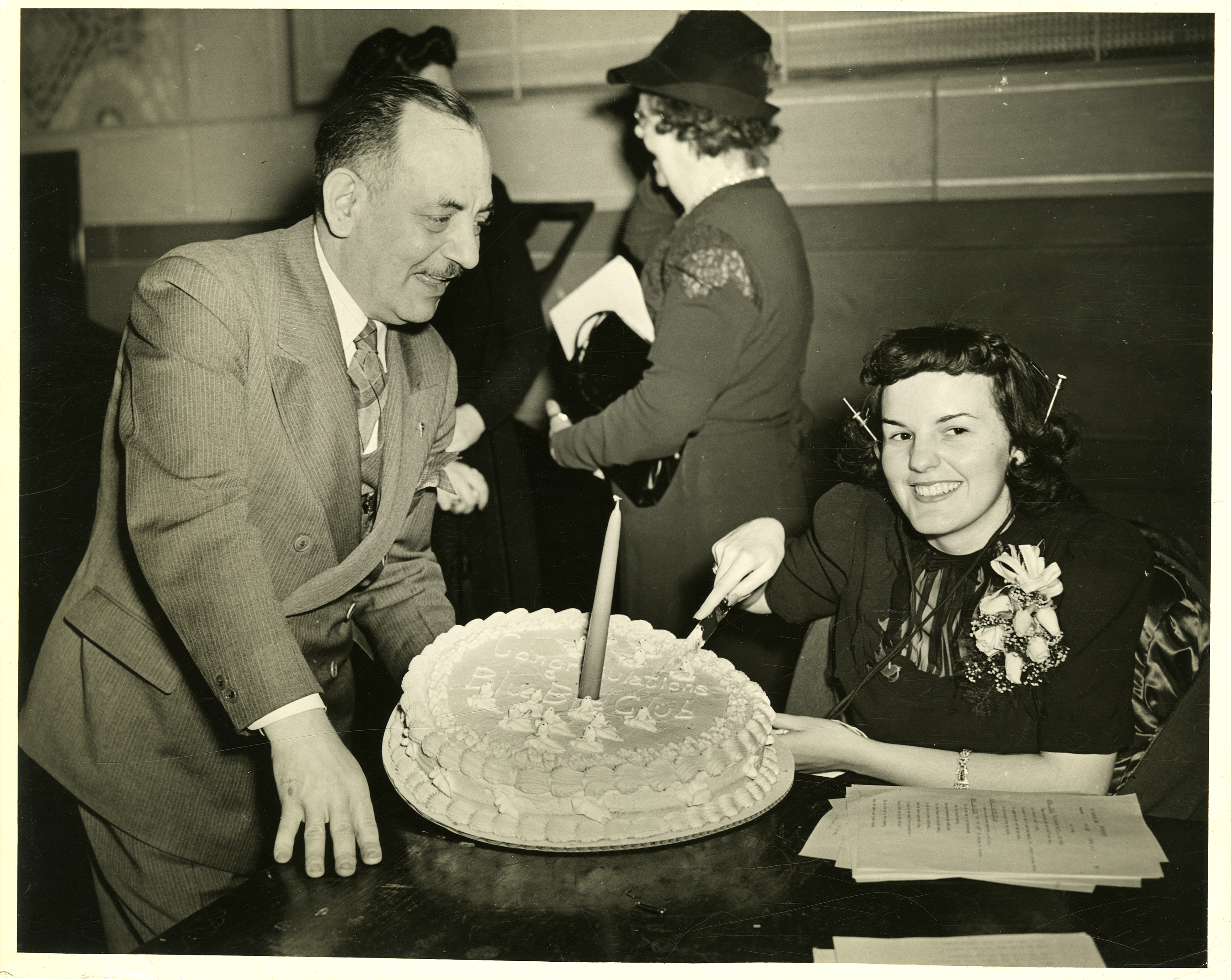
Voices of Cincinnati’s Past – Digitizing Cincinnati Museum Center’s Rare Radio Show Collection
Arabeth Balasko
Cincinnati Museum Center is fortunate enough to care for and permanently house a rare collection of original Cincinnati radio transcription discs from local radio stations, including the well-known WLW-WSAI Broadcasting Corporation. Keep reading to find out more about this rare piece of history!

Growing through Ohio History Day
Anna Kunkel
Ohio History Day inspired me, opened me up to opportunities and challenged me in ways I never would have thought possible. The experience has been transformative and has illuminated passions I likely would never have discovered otherwise. Thank you, Ohio History Day!
Cincinnati Museum Center is proud to organize and host Ohio History Day’s Region 8 competition for Adams, Butler, Clermont, Clinton, Hamilton, Highland and Warren counties.
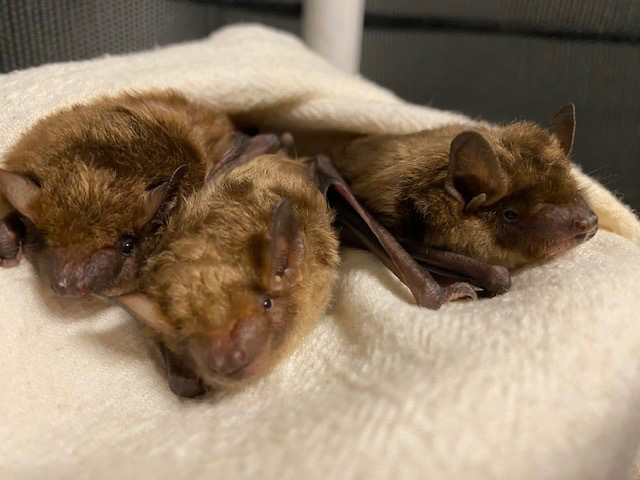
Going Batty in Cincinnati
Emily Eilers
Big brown bats are just one of over 1,400 bat species found all over the world, some of which call Cincinnati Museum Center home. Keep reading to learn more about these denizens of the dark.
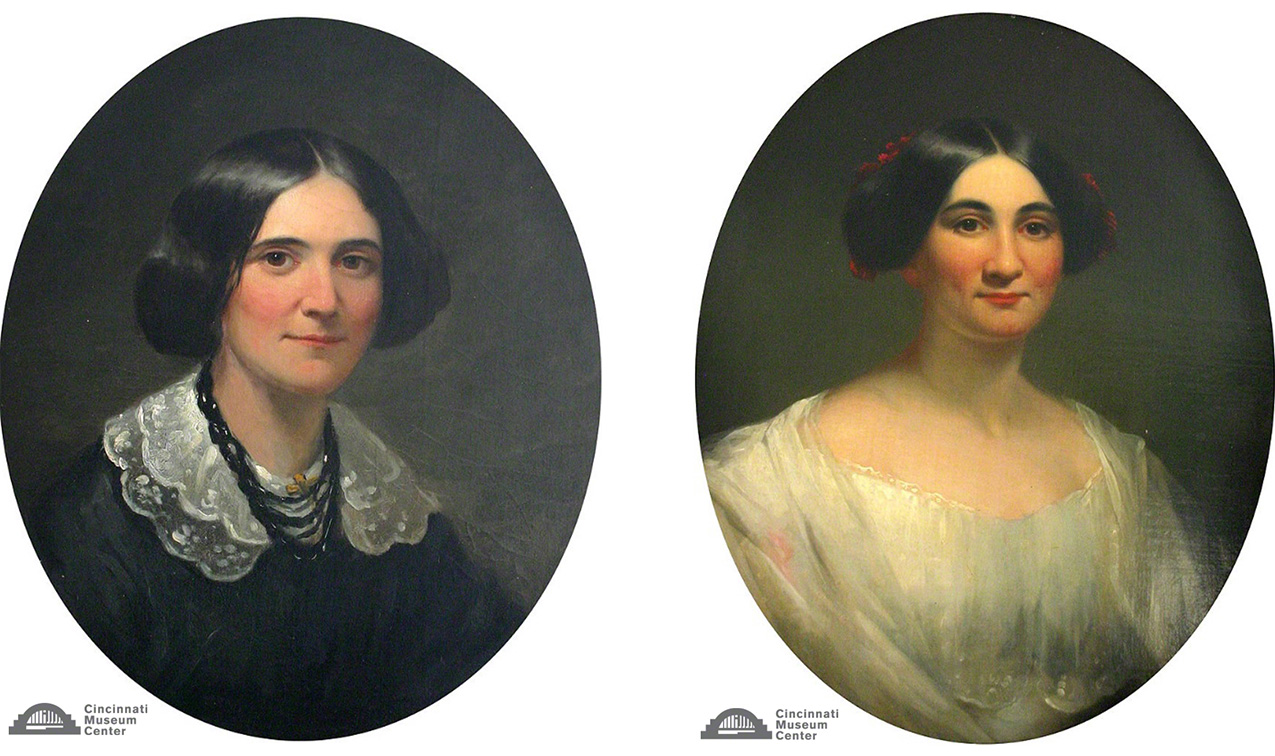
Clovernook and the Trader Sisters
Sarah Staples
The Trader sisters worked to help blind and visually impaired people live an independent life in their own homes. Read more to learn how they did it!

Fashion Frocks
Sarah Staples
Philip M. Meyers started working for his father’s Princess Garment Company in 1922. He left in 1925 to found his own company, Fashion Frocks, Inc., a garment manufacturer that directly sold to consumers.
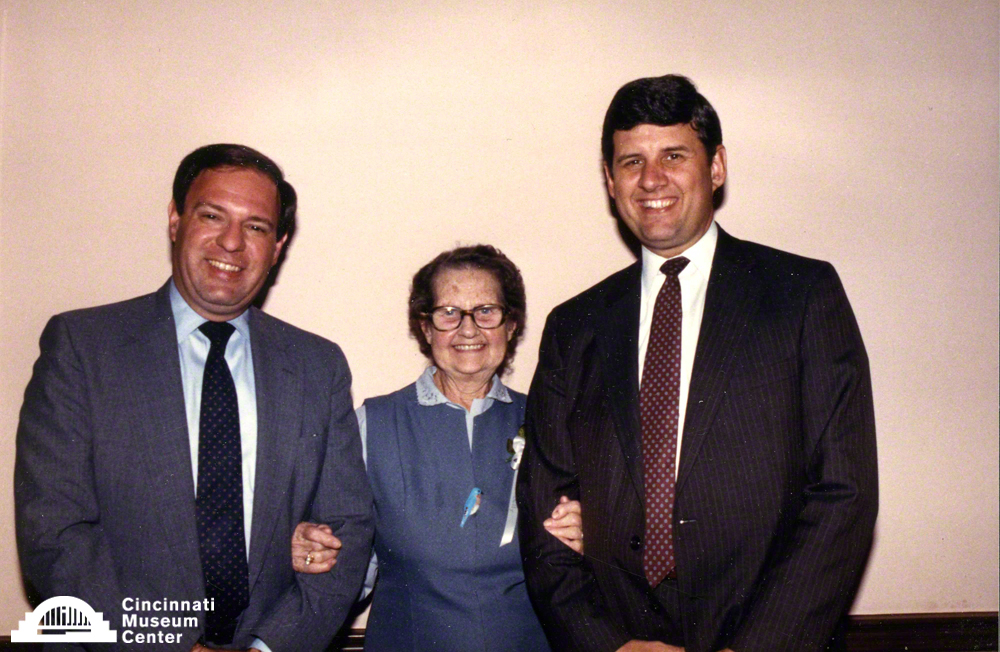
Super-Volunteer: Minnie “Dolly” Varley
Sarah Staples
Minnie “Dolly” Anson was born on June 25, 1904 in England. Inspired by her own mother, who was a long-time volunteer for the Red Cross, Dolly joined the Junior Red Cross while living in Australia.
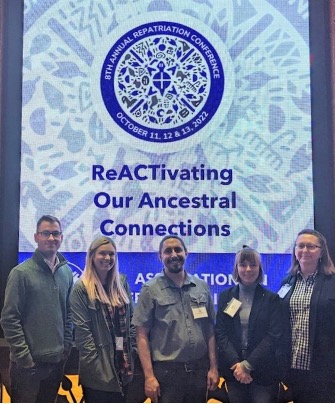
Introduction to NAGPRA
Tyler Swinney
At its core, NAGPRA is human rights legislation that was enacted by congress to addresses inequalities between federally recognized descendant communities, the US government, and institutions that control ancestral remains and cultural items affiliated with sovereign Tribal Nations indigenous to the United States. NAGPRA also establishes procedures for inadvertent discoveries on federal and tribal lands and makes it illegal to traffic ancestral remains and cultural items obtained through activities that violate the Act.
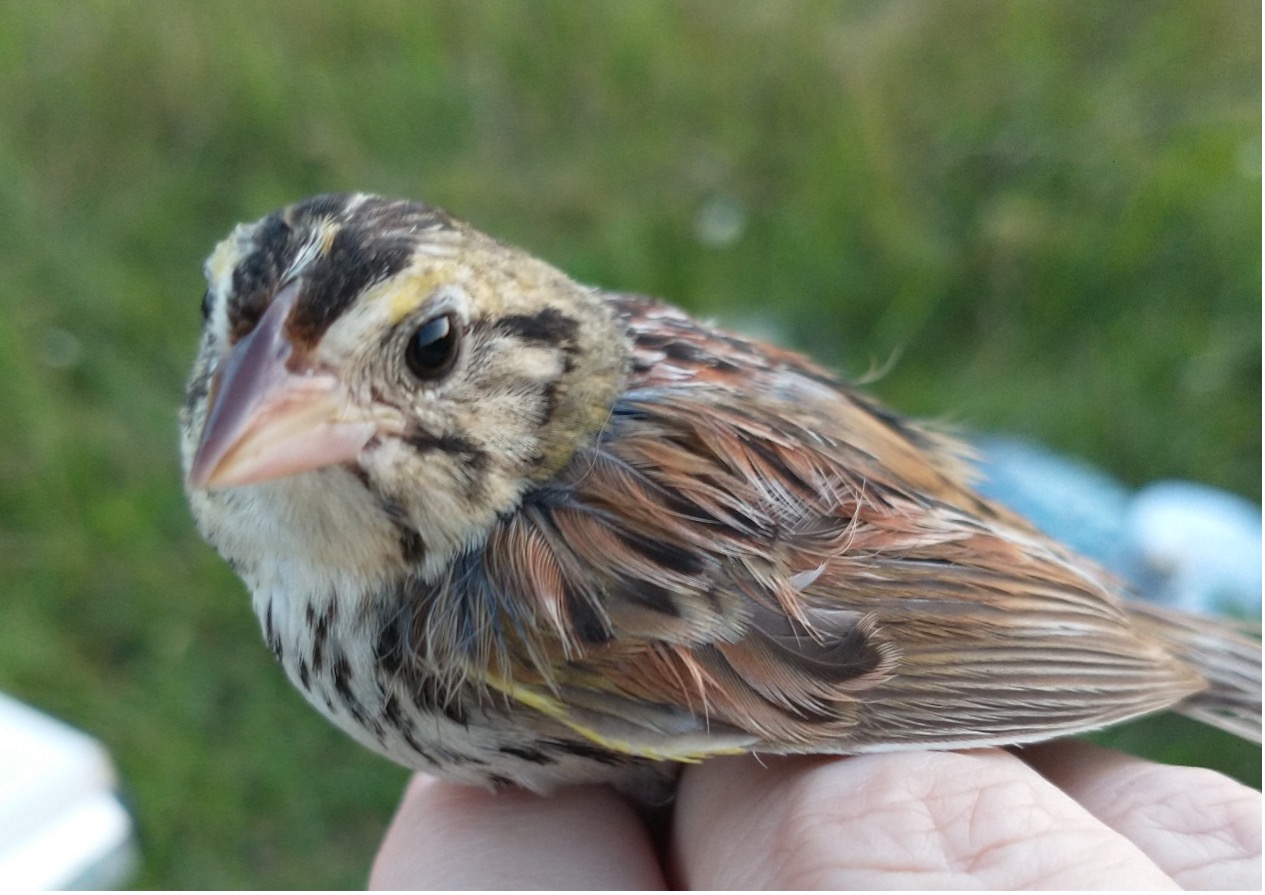
New Motus tower at Edge of Appalachia Preserve System
Heather Farrington
Long-distance movements of animals, like the seasonal migration of birds, have always intrigued scientists. When animals leave our region, where do they go and why?
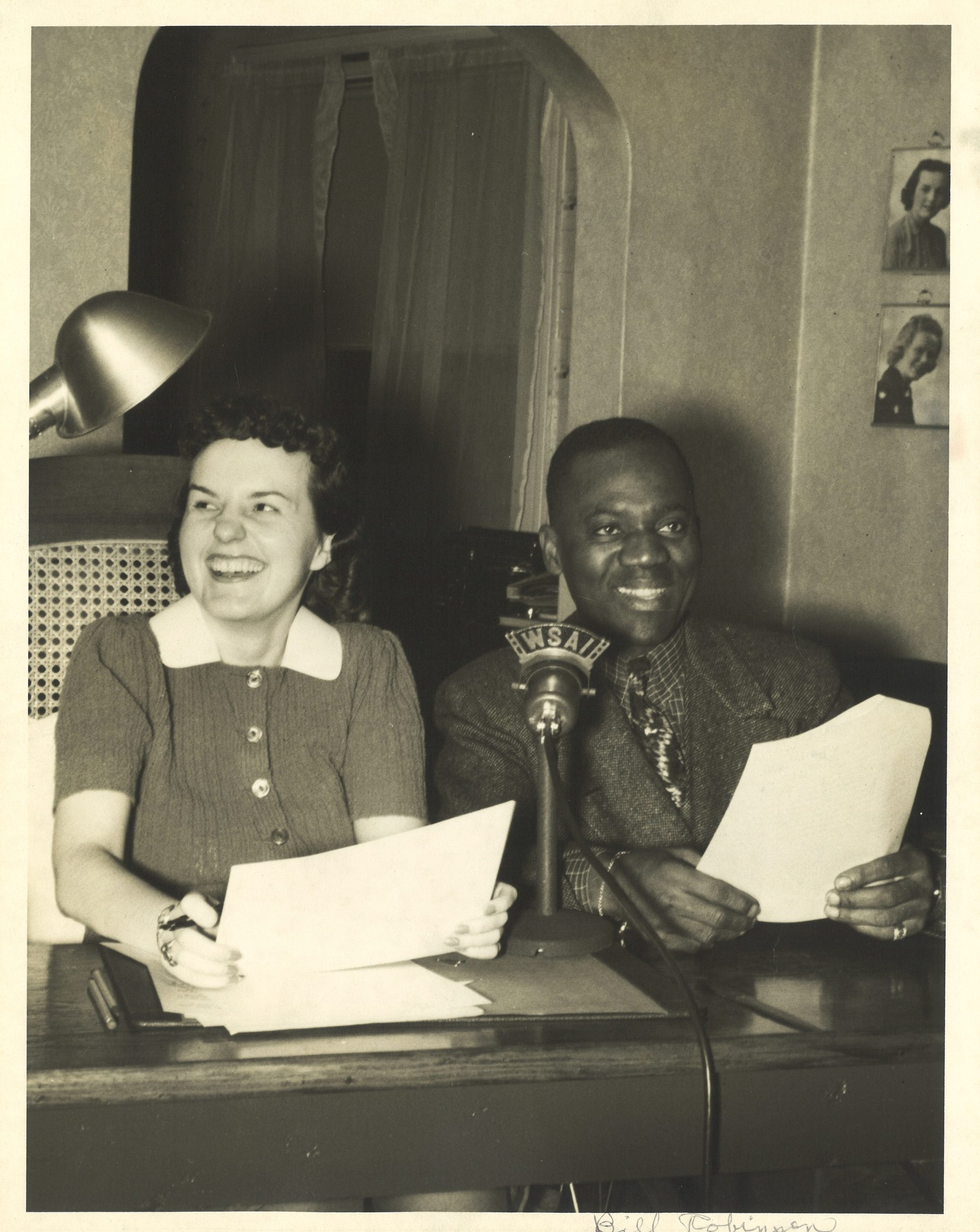
The Forgotten Voice of Kay Irion
Arabeth Balasko
Kay Irion is a name that many today are not aware of; however, in the early 1940s, she was the talk of Cincinnati. Kay, who became a paraplegic after being injured in a car accident in the late 1930s, was the first stay-at-home radio host to go live over the airwaves on Cincinnati’s popular radio station, WSAI-WLW.
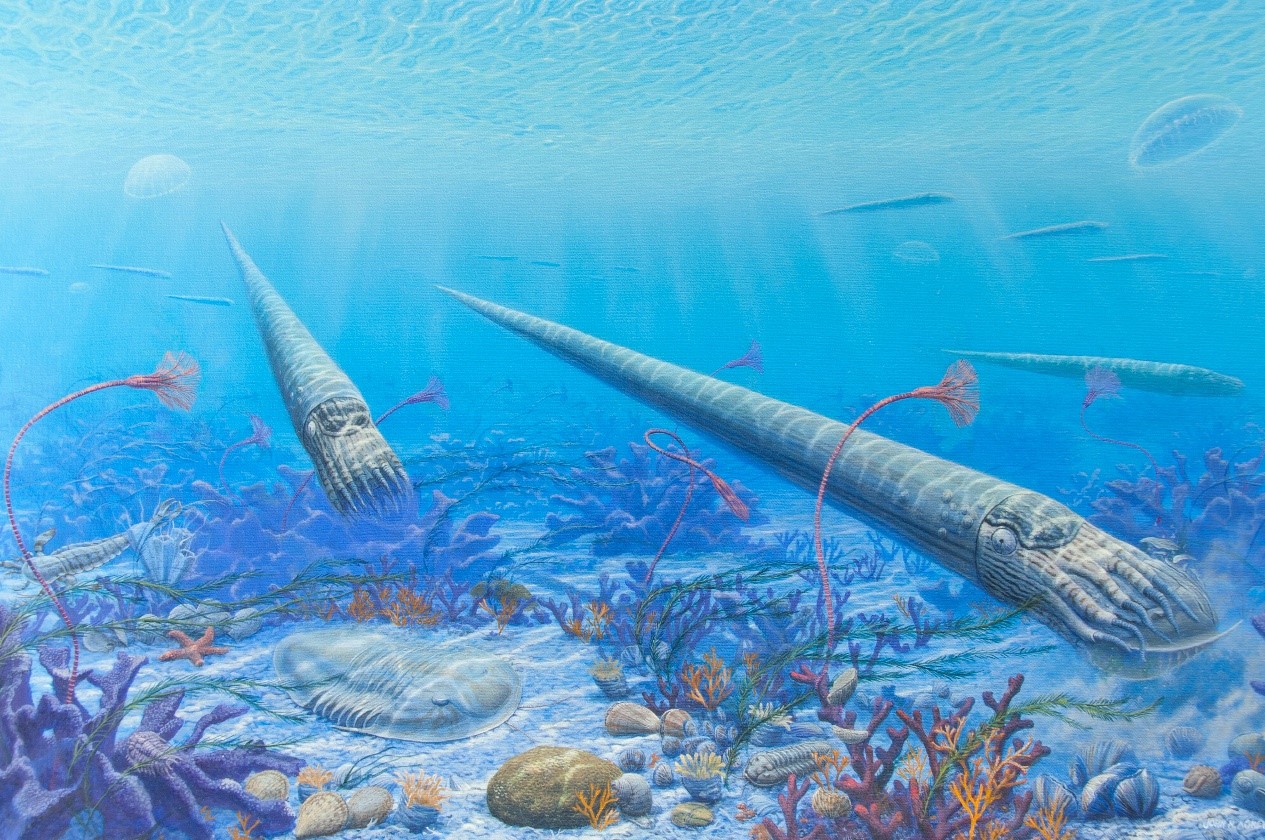
The Cincinnati Arch
Cameron Schwalbach
How is it that fossils from an ocean that was around nearly half-a-billion years ago can be found in the middle of the North American continent? The answer lies in the formation of the Cincinnati Arch.

What’s in a Pot? Lessons from Native American Pottery
Bob Genheimer
Because most Native American pottery we discover through excavations or surface collections is broken into small pieces called sherds, people often ask us “what can those pieces tell us?” As it turns out quite a lot!

